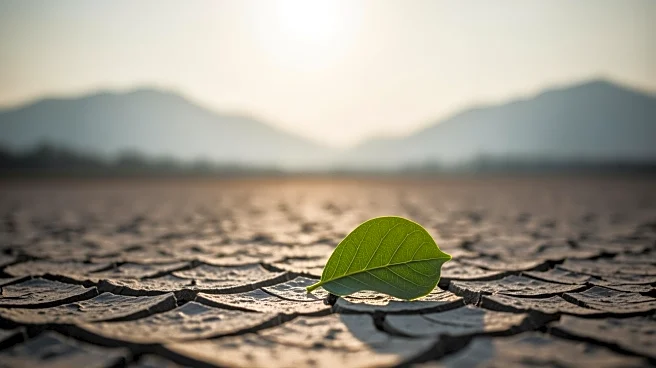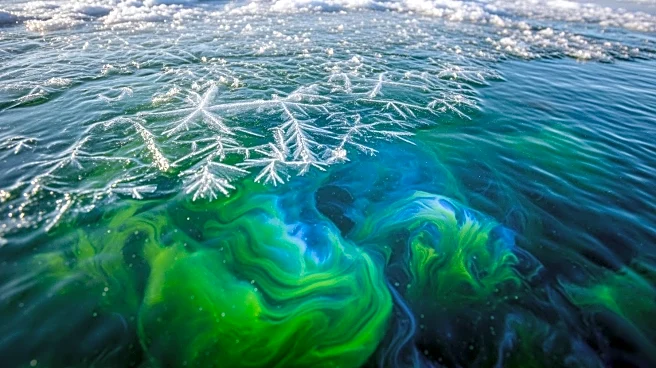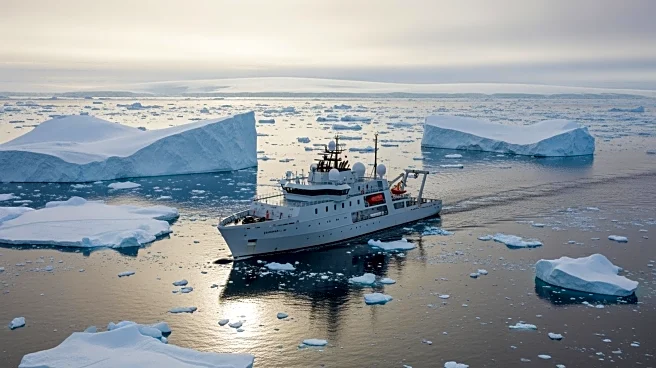What's Happening?
Microbes that have been frozen in Alaskan permafrost for approximately 40,000 years are reviving and releasing carbon dioxide as they thaw. Research led by Tristan Caro at the California Institute of Technology
has shown that these microbes, once dormant, begin to reorganize and form biofilms, contributing to carbon emissions. The study, conducted in a research tunnel near Fairbanks, Alaska, highlights the potential for ancient microbes to impact current climate conditions as they become active.
Why It's Important?
The revival of these ancient microbes and their subsequent carbon release could exacerbate climate change by adding more heat-trapping gases to the atmosphere. As Arctic regions warm faster than the global average, longer warm seasons allow deeper layers of permafrost to thaw, potentially creating a feedback loop that accelerates global warming. This research emphasizes the need for accurate climate models to predict the impact of thawing permafrost on global carbon cycles and climate systems.












